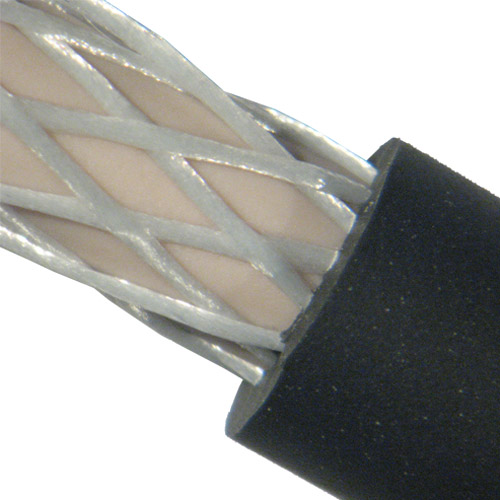Madison Wire (Europe) Ltd.
Cables
With our experience in high voltage cables, our manufacturing facilities, research departments and material suppliers in high voltage cables and materials we help develop new cables for various industries to meet new requirements.
To build a cable we start with selecting the core for the application required.
Core Options:
The following core types are used in the automotive industry:
– Wire wound
– Suppressed Conductor (Kevlar, Carbon/Silicone)
– Copper
(Click on the type of conductor to get more information)
Insulation Options:
The core needs to be protected (insulated) and we have various options of standard materials used in our production. Insulation can be achieved with a single layer or with two layers (double extrusion). The most common used materials are:
EPDM
EPDM replaced the PVC cable as it withstands higher temperatures and has better di-electric strength properties.
* Please note that EPDM and EPS do not meet ISO 3808 requirement in oil and flame retardant tests if used as an outer insulation material.
EPS (Silicone Blend)
EPS is mainly used as an outer insulation material. However it is also an excellent insulator when used as an internal insulator or to make a single extrusion cable.
* Please note that EPDM and EPS do not meet ISO 3808 requirement in oil and flame retardant tests if used as an outer insulation material.
CPE
Compared to EPDM it has a better chemical resistance, heat resistance, oil resistance and flame resistance.
EVA
Silicone
Why silicone rubber is the better choice:
- Longer service life in adverse environments
- Virtually unaffected by weather — rain, snow, humidity, ozone, or the sun’s damaging ultraviolet (UV) rays — for many years
- Organic elastomers may become brittle and crack under prolonged exposure to the environment
- Wider operating temperature range — from -50 to 250°C
- Inherently good electrical insulating qualities that do not change significantly under exposure to severe environmental stress (heat, cold, moisture, oil, ozone, UV rays)
- Retains its natural flexibility and resilience (resists compression set) across a wider temperature range
- Excellent sealing performance
The most common construction is a double extrusion (2 layers of insulation), whereby an EPDM, EPS or Silicone is chosen as the internal insulation for their high di-electric strength properties. The external insulation would then be made with any of the options EPDM, EPS (Silicone Blend) CPE, EVA or Silicone. The external insulation protects the cable against dust, water, fuel and oil and other. The external insulation too has great di-electric strength to increase the overall di-electric strength exceeding 40k Volt depending on diameter.
| Insulation | Jacket | Min Temp ºC | Max Temp °C | Class |
| Single extrusion | EPDM* | -30 | 155 | C |
| EPDM | EPDM* | -30 | 155 | C |
| EPS* | -30 | 155 | C | |
| CPE | -30 | 155 | C | |
| EVA | -30 | 155 | C | |
| Silicone | -40 | 220 | E | |
| Silicone | Silicone | -50 | 248 | F |
* Please notice that EPDM and EPS do not meet ISO 3808 requirement in oil and flame retardant tests if used as an outer insulation material.

- Conductor, choose from: Wire-wound, Kevlar Suppressed or Copper core.
- First layer of insulation – Mainly in white colour made of EPDM, EPS or Silicone as a basic insulation to protect the cable against high voltage leakage.
- Woven braid or tape braid is used especially with silicone insulation. Silicone is not a mechanical strong material and to improve pull of strength it is important to use either a woven braid or tape braid. It allows the terminal to have a better grip on the cable. We would recommend avoiding a braid with external insulations such as EPDM, EPS, CPE and EVA as these materials have a very strong bonding with the inner insulation and have stronger mechanical properties.
- External insulation. Protects cable again dust, water, fuel and oil and other. We use EPDM, EPS, CPE, EVA and Silicone. Our standard colours are black, blue, red, grey and yellow. We can make cable in any colour using Pantone, RAL or match colours on samples supplied.
- Printing on cable. We can print most text/logo’s on the cable. The colours of ink used currently are white, black, yellow, silver and gold.




